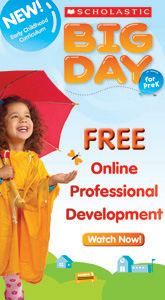One of a Kind Spaces
Brenda Veland
In his Exchange article, "Designing and Creating Natural Play Environments for Young Children," which forms the basis for the Out of the Box Training Kit by the same name, Rusty Keeler observes:
"A well-designed outdoor play environment should be a reflection and statement of the local community and its environment. And it should, of course, suit the individual needs and characteristics of each program. A play environment in Arizona, for example, should be different from one in Alaska, particularly because the materials and plants available in those regions are so different. Think of play environments as a microcosm of the greater environment surrounding the community.
"Be creative. To create a truly rich, imaginative play environment, add local stone, native plants, and other natural treasures. And make use of your most valuable resource — the talent and skills of local artists and crafts people — by turning your playscape into a community-built project. Community-built projects are organized, designed, and constructed by community members. By making your project a community-built one, you'll cut down on expenses, establish new friendships and partnerships for your program, and infuse a sense of real belonging into the community."
For more information about Exchange's magazine, books, and other products pertaining to ECE, go to www.ccie.com.
|
© 2005 Child Care Information Exchange - All Rights Reserved | Contact Us | Return to Site


